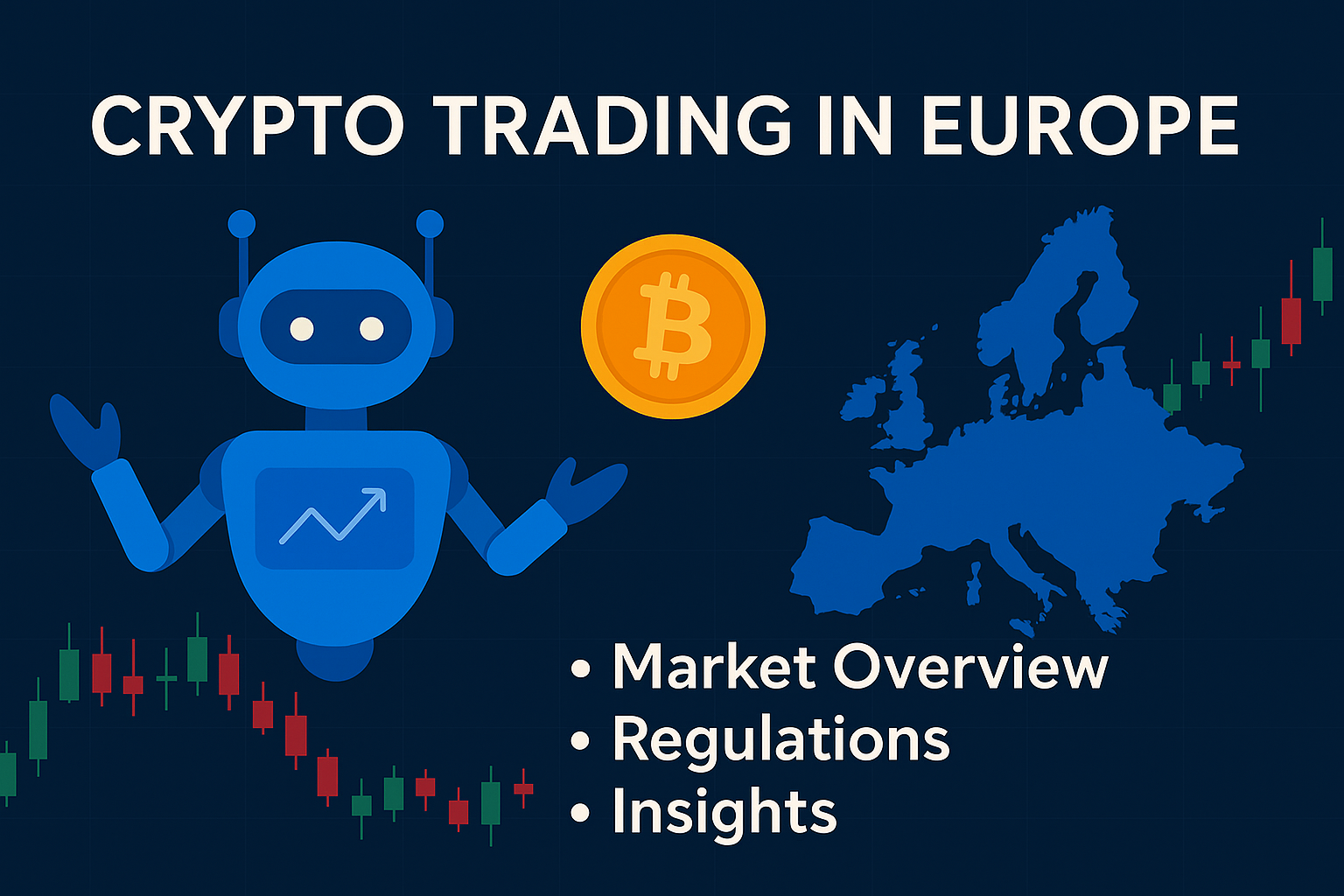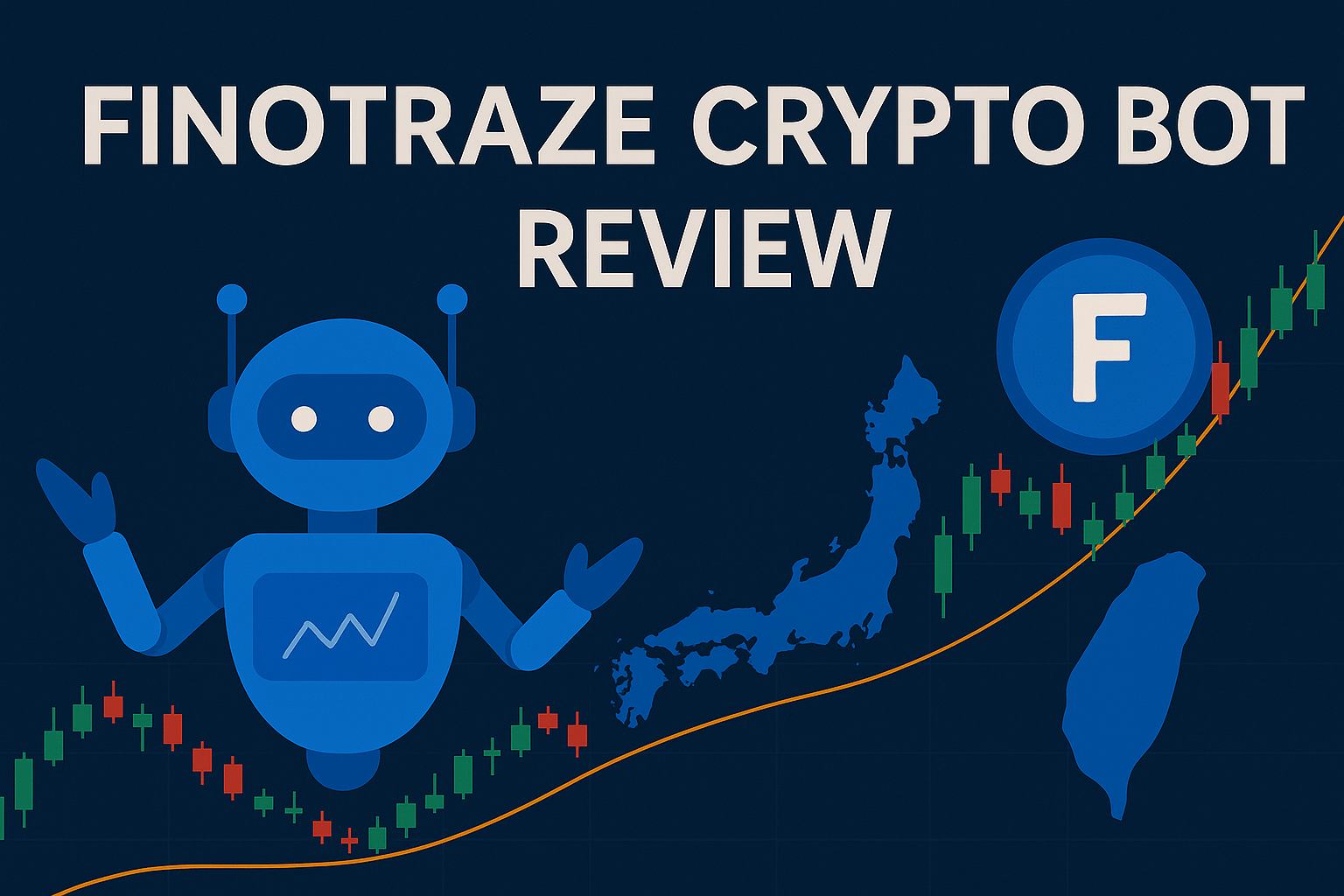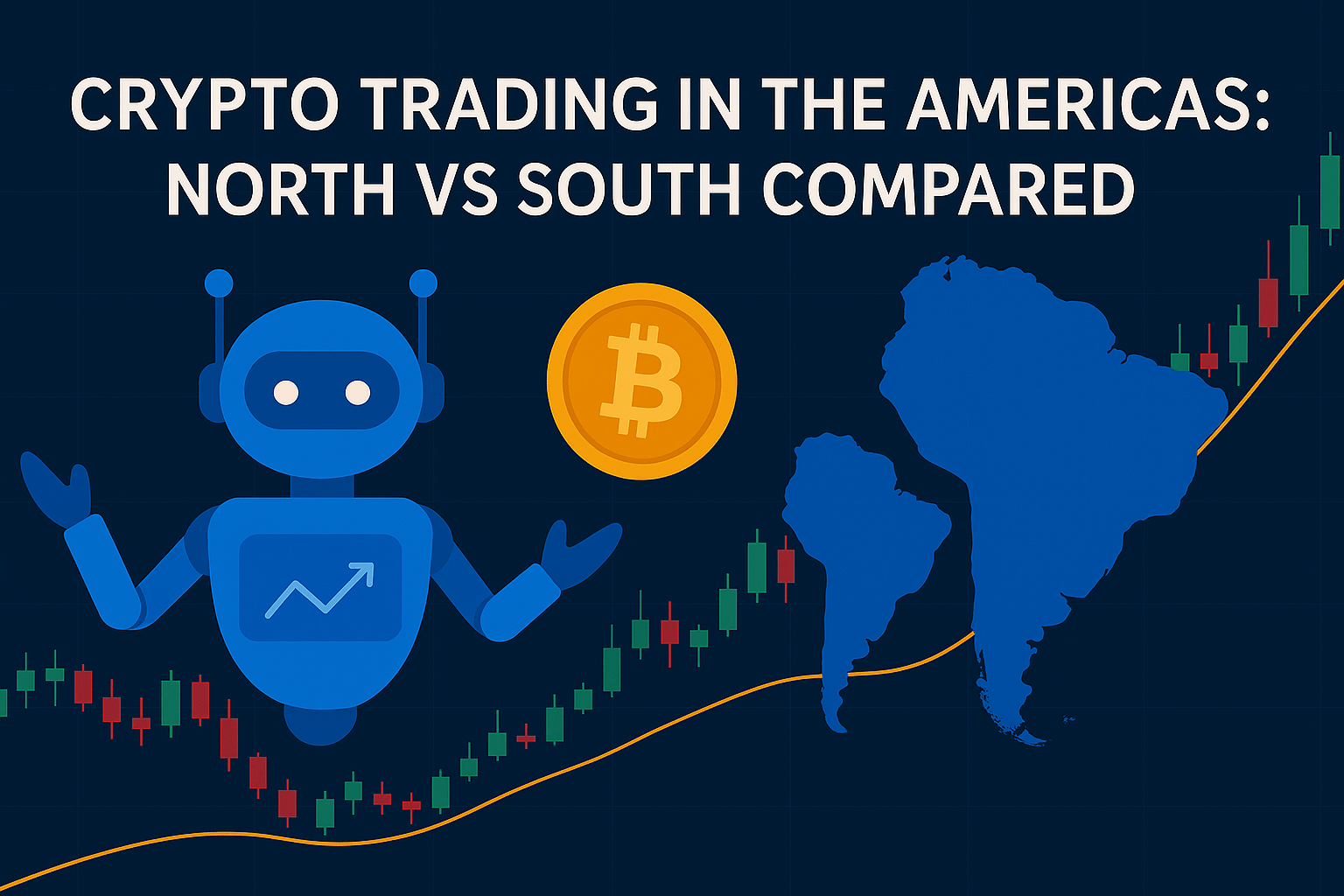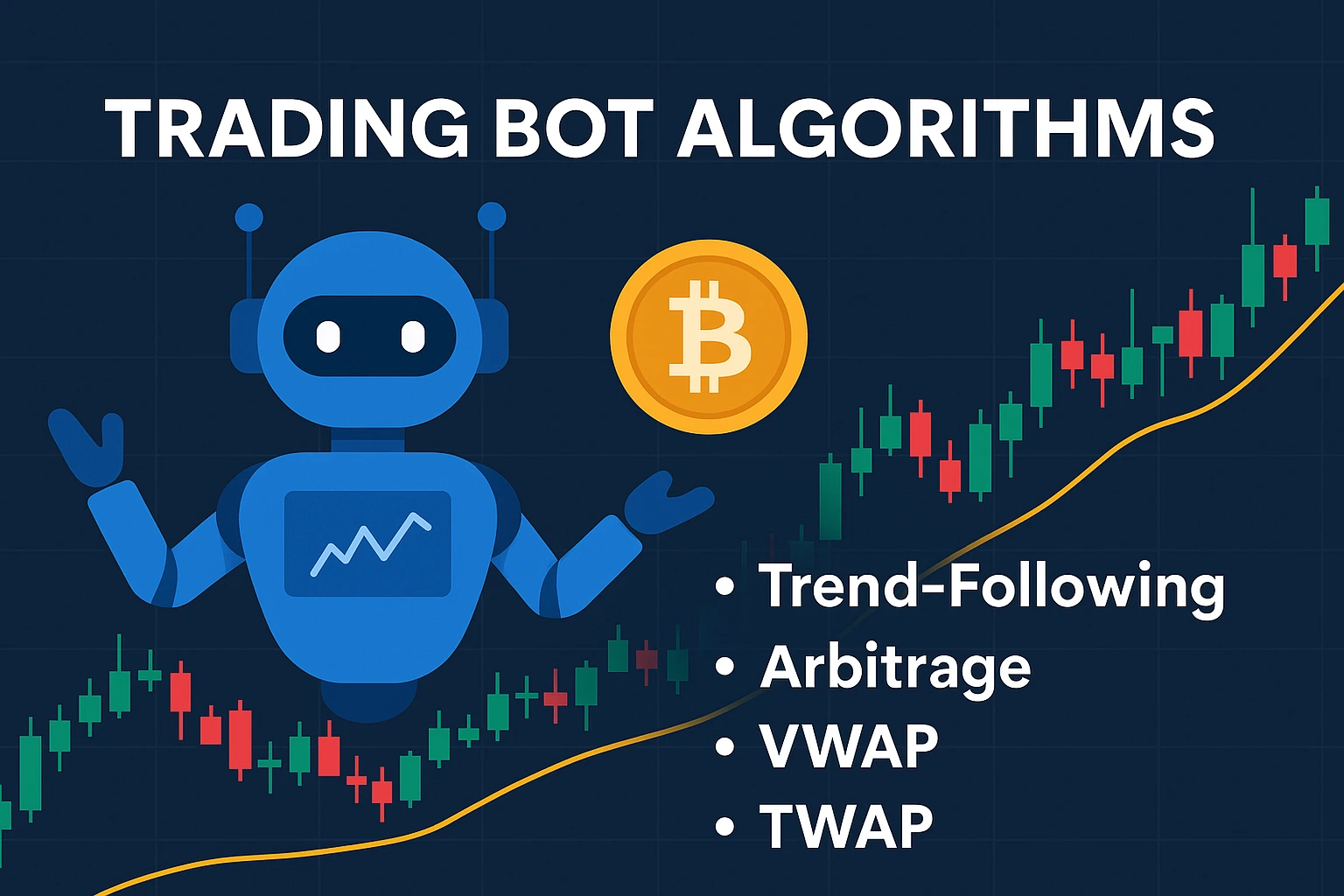As of 2025, Europe stands at the forefront of global cryptocurrency regulation and adoption. The introduction of the MiCA (Markets in Crypto-Assets) regulation has fundamentally changed how the industry operates across the continent. While the regulatory harmonization is largely beneficial for institutional clarity and cross-border services, regional differences still define the market structure in each country.
Europe hosts a diverse environment for cryptocurrency trading — from crypto-friendly hubs like Germany, France, and the Netherlands to more cautious jurisdictions such as Italy and Austria. Understanding how cryptocurrency trading functions across the continent requires dissecting its legal framework, exchange accessibility, user adoption, and institutional involvement.
In this first part of our comprehensive exploration, we will review:
- The unified regulatory framework under MiCA
- Country-specific approaches to cryptocurrency trading
- Comparative analysis of trading conditions and platforms
- The role of taxation, licenses, and compliance in shaping the market
Regulatory Foundations — The MiCA Framework
What is MiCA?
The Markets in Crypto-Assets (MiCA) regulation, passed by the European Parliament in 2023 and implemented in full by the end of 2024, is a game changer for crypto activities in the EU. It offers a uniform regulatory environment for crypto-assets not covered under existing financial regulation.
Key aspects of MiCA include:
- Licensing requirements for Crypto Asset Service Providers (CASPs)
- Mandatory white papers for issuing tokens to the public
- Stablecoin reserve and governance requirements
- Market abuse prevention and consumer protection rules
These rules aim to protect investors and ensure financial stability, while allowing innovation in the blockchain and fintech space.
“MiCA will provide legal certainty for crypto-assets not covered by existing EU legislation.”
— European Commission, 2023
The CASP Licensing Mechanism
Under MiCA, any company that wants to offer crypto services must obtain a CASP license in one EU member state. This license allows the firm to “passport” its services across the entire EU, similar to the existing system in traditional finance.
Covered Services Include:
- Operating a crypto trading platform
- Custody and administration of crypto-assets
- Exchange of crypto-assets for fiat or other crypto
- Execution of orders on behalf of clients
- Portfolio management and advice
This framework removes significant legal uncertainty and encourages larger institutions to enter the market, such as banks and asset managers.
National Interpretations and Implementations
Although MiCA is now the overarching framework, its interpretation and enforcement still involve national regulators. Some countries are leading in implementation, while others maintain stricter or more cautious stances.
Germany
- Regulator: BaFin
- Highlights:
- Institutional investment is strongly encouraged
- Tax exemption for crypto held >1 year
- Clear classification of cryptocurrencies as financial instruments
- Institutional investment is strongly encouraged
Germany’s regulatory clarity and strong banking infrastructure have made it a hotspot for both retail and institutional crypto activity.
France
- Regulator: AMF
- Highlights:
- Binance and other major exchanges chose France as their EU base
- Proactive in regulating advertisements and promotions
- Offers a fast-track MiCA compliance process
- Binance and other major exchanges chose France as their EU base
France has positioned itself as a crypto innovation hub, particularly in DeFi and NFTs.
The Netherlands
- Regulator: Dutch Central Bank (DNB)
- Highlights:
- Strong emphasis on AML compliance
- High adoption rates among retail investors
- Actively supports central bank digital currency (CBDC) pilots
- Strong emphasis on AML compliance
The Dutch model focuses on compliance and user protection without stifling innovation.
UK Post-Brexit Approach
Although not part of the EU, the United Kingdom remains a significant crypto hub.
- Regulator: Financial Conduct Authority (FCA)
- Licensing: Mandatory registration for crypto service providers
- Restrictions:
- Ban on crypto derivatives for retail investors
- Stricter advertising regulations introduced in 2024
- Ban on crypto derivatives for retail investors
UK traders face a more fragmented environment due to Brexit, but the country remains attractive for startups due to its fintech-forward policies.
Comparing Crypto Trading Ecosystems
| Country | CASP License Required | Fiat On-Ramps | Popular Exchanges | Notable Rules |
| Germany | Yes (BaFin) | Yes | Bitpanda, Binance DE | 1-year tax exemption, clear classification |
| France | Yes (AMF) | Yes | Binance FR, Coinhouse | MiCA fast-track, strong consumer protection |
| Netherlands | Yes (DNB) | Yes | Bitvavo, eToro | AML priority, retail focus |
| UK | Yes (FCA) | Yes | Kraken UK, Gemini | Derivatives ban, strict advertising rules |
Institutional Involvement in European Crypto Trading
One of MiCA’s goals is to de-risk crypto assets to institutional investors. Since its enforcement, multiple European banks and hedge funds have started crypto operations, including:
- Deutsche Bank: Offers custody services for institutional clients
- BNP Paribas: Testing internal tokenization platforms
- ABN AMRO: Exploring staking and DeFi products within MiCA bounds
By enabling licensed and supervised operations, institutions are integrating crypto into portfolio diversification strategies.
Taxation and Reporting Obligations
Most EU countries require taxation of capital gains from crypto trades. However, rules differ significantly.
Capital Gains Tax by Country (as of 2025)
| Country | Tax Rate on Gains | Exemption Conditions |
| Germany | 0% (after 1 year) | Held for >12 months |
| France | 30% flat rate | No exemptions for holding periods |
| Netherlands | Income tax rates | Based on deemed return, regardless of actual gains |
| UK | Up to 20% | Tax-free allowance (~£6,000 per year) |
Additionally, under DAC8, the EU requires all crypto platforms to report user holdings to tax authorities by the end of 2025.
Typologies of Crypto Exchanges in the European Market
Crypto trading in Europe occurs across a spectrum of exchange types — from centralized, regulated platforms to decentralized protocols. Each has unique regulatory, liquidity, and user experience implications.
Centralized Exchanges (CEX)
Most retail and institutional crypto trading in Europe happens on centralized exchanges (CEXs). These platforms hold user funds, require KYC, and comply with regional licensing such as MiCA’s CASP requirement.
Popular CEXs in Europe (2025):
- Binance Europe (headquartered in Paris, serving 27 EU countries)
- Bitvavo (Netherlands-based, high euro liquidity)
- Kraken EU (with localized support for euro pairs)
- Bitpanda (Austria-based with regulated investment features)
Pros:
- Deep liquidity in fiat/crypto pairs (e.g., BTC/EUR, ETH/EUR)
- Institutional features: APIs, OTC desks, derivatives
- Regulatory compliance and investor protection
Cons:
- Custodial by design
- Regulatory exposure
- Possible withdrawal limits or suspensions
“CEXs provide the backbone for fiat-to-crypto entry in Europe, but their role is evolving rapidly as DeFi matures.”
— European Blockchain Observatory, 2024
Decentralized Exchanges (DEX)
While less popular with retail users in Europe due to KYC and tax-reporting obligations, DEXs remain central to DeFi trading and experimentation.
- Uniswap and Curve operate globally with significant euro-denominated stablecoin pools.
- DEX use is most popular in crypto-forward jurisdictions like Estonia, Portugal, and Slovenia.
- Tools like MetaMask now offer regulatory-compliant bridges into DEXs.
Challenges in the EU:
- DEXs are under scrutiny due to the Transfer of Funds Regulation (TFR), which mandates originator/beneficiary data — hard to enforce on DEXs.
- MiCA currently excludes “fully decentralized” platforms, but regulators aim to address this in future legislative updates.
Liquidity and Trading Volume by Currency Pair
Liquidity in the European crypto market is concentrated in a few key fiat trading pairs. The following table provides an overview of average daily trading volume (Q1 2025 estimates) for major pairs:
| Trading Pair | Avg. Daily Volume (EUR) | Notes |
| BTC/EUR | €650 million | Most traded crypto pair in Europe |
| ETH/EUR | €320 million | High use in DeFi and token issuance |
| USDT/EUR | €280 million | Key for stablecoin arbitrage |
| BNB/EUR | €75 million | Mostly via Binance Europe |
| ADA/EUR | €35 million | Supported on Bitvavo and Kraken |
Increased liquidity has been driven by:
- Institutional onboarding under MiCA
- Seamless fiat deposits (SEPA Instant, local bank integrations)
- Cross-exchange arbitrage enabled by MiFID-style transparency
Stablecoins: Use, Regulation, and Preference
Euro-Backed Stablecoins Gaining Traction
As a result of MiCA, stablecoins must be either e-money tokens or asset-referenced tokens, and are heavily regulated. This has led to proliferation of compliant Euro-pegged stablecoins.
Leading Euro Stablecoins (2025):
- EUROC (by Circle): Most widely used euro stablecoin, MiCA-compliant
- Stasis EURS: Regulated in Malta, used in trading and remittances
- Angle Protocol’s agEUR: DeFi-native euro stablecoin
- Tether EURt: Still available but under pressure from regulators
“Euro stablecoins are critical for DeFi participation in Europe while ensuring monetary sovereignty.”
— MiCA Implementation Report, 2025
Role of US Dollar Stablecoins
Despite the rise of euro stablecoins, USDT and USDC remain dominant in European exchanges due to their depth and legacy network effects.
However, platforms are incentivizing EUR stablecoin use via:
- Reduced fees on EUR pairs
- Regulatory rewards (e.g., access to local banking APIs)
- FX arbitrage opportunities for sophisticated users
Central Bank Digital Currencies (CBDC) in Europe
The Digital Euro project, led by the European Central Bank (ECB), remains in pilot testing with selected commercial banks and payment providers across the Eurozone.
Status Update (as of Q2 2025)
- Pilot scope: Person-to-person payments, programmable features, integration with merchant POS systems
- Privacy model: Designed to protect anonymity for small transactions while enabling AML compliance
- Public rollout: Expected in late 2026, with opt-in functionality via existing bank accounts or e-wallets
Impact on crypto trading:
- Could displace stablecoin usage for on-chain payments
- May increase crypto-fiat conversions via CBDC bridges
- Reduces reliance on commercial banks as on-ramps
“The digital euro is not meant to replace cryptocurrencies, but to complement them in a regulated payment ecosystem.”
— Christine Lagarde, ECB President
Integration of Crypto in Traditional Payments
Many European crypto holders are using crypto-integrated financial services rather than directly trading on exchanges. Key players include:
- Revolut: Offers trading in over 100 tokens with euro pairing, now fully licensed under MiCA
- Bitwala (Nuri successor): Combines banking with wallet and DEX access
- Wirex: Offers EUR stablecoin spending via Visa/Mastercard rails
Merchant Acceptance
Although direct crypto acceptance is limited, crypto-fiat bridges have improved point-of-sale usability. Companies like Utrust and NOWPayments support:
- Conversion of BTC, ETH, or stablecoins into euros in real-time
- Merchant accounts that comply with VAT and invoicing rules
- Fiat settlement in 24–48 hours to reduce volatility risk
Popular sectors for crypto payments in Europe:
- Online gaming and eSports
- VPN and web services
- Real estate escrow (Portugal, Spain)
- Luxury goods (France, Germany)
Challenges in European Crypto Adoption
While regulation and infrastructure have improved, the European market still faces specific frictions:
Regulatory Hurdles
- Delay in national MiCA transpositions (e.g., Romania, Bulgaria)
- Confusion between DeFi vs. CeFi obligations
- Lack of legal status for DAOs and tokenized governance
Banking Relationships
Even in 2025, crypto businesses report banking access as a bottleneck. Many European banks remain cautious due to:
- AML/KYC concerns
- Volatility exposure
- Legacy risk frameworks
Some jurisdictions (like France and Lithuania) have encouraged crypto-banking sandboxes to solve this.
Notable Trends and Innovations
Europe remains a significant source of blockchain innovation. Trends observed in 2025 include:
- Tokenized equities being tested under the EU Pilot Regime (Germany, Luxembourg)
- NFT taxation frameworks emerging in Italy and Austria
- Green mining initiatives supported by EU climate grants (Sweden, Norway)
- DAO legal wrappers introduced in Estonia and Slovenia
These advances hint at Europe’s long-term ambition: to lead not only in regulation but also in blockchain infrastructure, digital sovereignty, and sustainable fintech.
Socioeconomic Factors Influencing Crypto Trading in Europe
Crypto adoption and trading in Europe are highly correlated with macroeconomic conditions, demographic shifts, and geopolitical stability.
Inflation and Fiat Trust
European nations facing persistent inflation or banking fragility tend to see higher crypto usage. Case examples include:
- Turkey (though not in the EU): Hyperinflation fueled mass stablecoin adoption
- Italy and Spain: Youth unemployment leads to more crypto speculation and staking
- Germany and Netherlands: Fiat trust remains strong; crypto used more as a portfolio diversifier
“Fiat fragility, not just tech enthusiasm, often drives people to crypto as an alternative store of value.”
— European Economic Review, 2024
War and Capital Flow Controls
- Russian sanctions and capital controls led to rising demand for BTC/USDT in Eastern Europe
- Ukrainian conflict (2022–2024) accelerated crypto use among refugees and NGOs
- Regulatory arbitrage is more common among users in Hungary, Romania, and Balkan states
Managing Volatility in the European Crypto Landscape
Volatility remains a top concern, particularly for retail traders. While infrastructure and regulation provide better safety nets, risk management is essential.
Top Strategies for European Traders
- Stablecoin Anchoring
- Holding part of the portfolio in regulated EUR stablecoins during bear trends
- Platforms like Bitvavo offer auto-rebalancing features
- Holding part of the portfolio in regulated EUR stablecoins during bear trends
- Limit and Stop Orders
- Widely available on Binance, Bitpanda, and Kraken EU
- Effective in fast-moving euro-denominated markets
- Widely available on Binance, Bitpanda, and Kraken EU
- Portfolio Diversification
- Including tokenized equities or real-world assets (RWAs)
- Projects like Brickken or Tangible allow euro investments into real estate NFTs
- Including tokenized equities or real-world assets (RWAs)
- Social Trading
- Zignaly and eToro offer MiCA-compliant copy trading, now licensed under the CASP framework
- Useful for beginners who follow EU-verified professional traders
- Zignaly and eToro offer MiCA-compliant copy trading, now licensed under the CASP framework
Summary and Outlook for 2026
As of mid-2025, Europe remains a leader in crypto regulation, exchange liquidity, and stablecoin compliance. Yet regional differences and regulatory implementation gaps remain.
Key Outlook Points
- The MiCA rollout continues to mature, particularly in onboarding DeFi and NFTs
- Euro stablecoins are expected to rival USD-based coins in market share
- Institutional capital, once wary, is entering cautiously under MiFID II alignment
- CEX and DEX integration will evolve as crypto banks and hybrid wallets mature
- CBDC pilots will likely push crypto integration into mainstream finance
Conclusion: Crypto trading in Europe is no longer a Wild West — it’s a rapidly formalizing financial vertical. Traders who adapt to both compliance and innovation will lead the next wave of digital finance.
FAQ: European Crypto Trading in 2025
1. What is the safest crypto exchange for EU residents?
As of 2025, Bitvavo (Netherlands) and Kraken EU are considered among the safest due to MiCA compliance, local banking integrations, and insurance-backed custody.
2. Are profits from crypto trading taxed in Europe?
Yes. Most EU countries tax crypto profits as capital gains or miscellaneous income, with rules varying by country. Some (like Portugal) offer zero-tax regimes for retail traders under specific conditions.
3. Is it legal to use DEX platforms in Europe?
Yes, but with caveats. MiCA does not yet cover “fully decentralized” platforms. However, using them for large volumes or via mixers may invite regulatory scrutiny under AML laws.
4. Will the Digital Euro replace stablecoins?
No — the digital euro will complement stablecoins by enabling regulated, programmable money. Stablecoins will still be essential in DeFi and global trading contexts.
5. Which trading pairs are most profitable in 2025?
BTC/EUR, ETH/EUR, and USDT/EUR dominate in volume and arbitrage opportunities. Emerging euro stablecoins (e.g., EUROC) may provide low-slippage trades as their liquidity grows.
6. Can EU citizens access US-based exchanges?
Some exchanges like Coinbase are licensed in Europe, while others like Binance US are not. Access depends on the exchange’s passporting status and national restrictions.






